#The Battleship Potemkin
Explore tagged Tumblr posts
Text
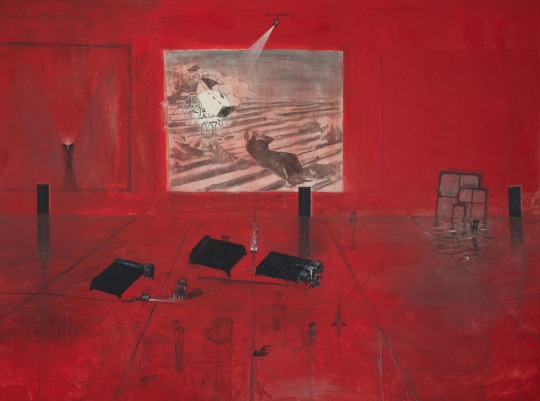
Guillermo Kuitca — The Sweet Sea (acrylic on canvas, 1989)
226 notes
·
View notes
Text
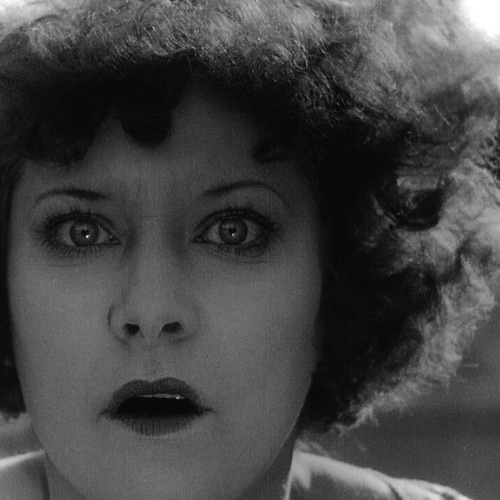


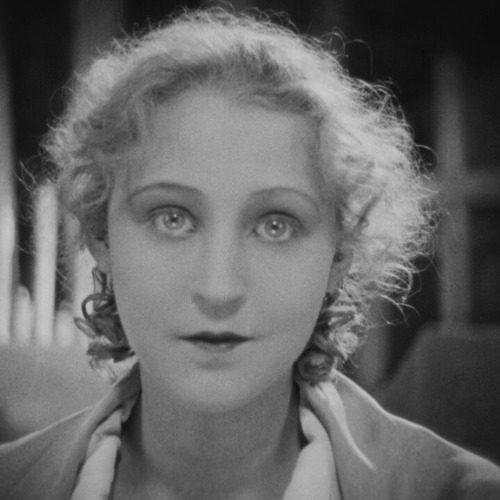

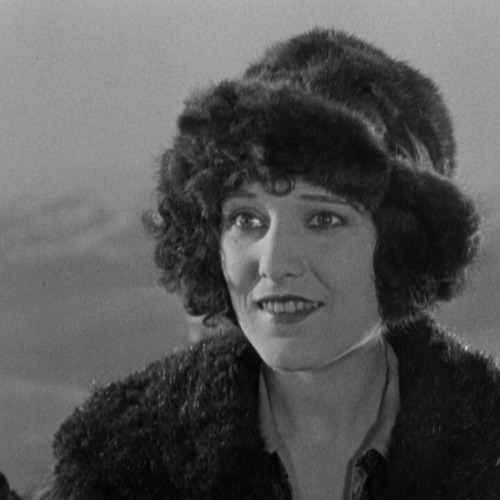

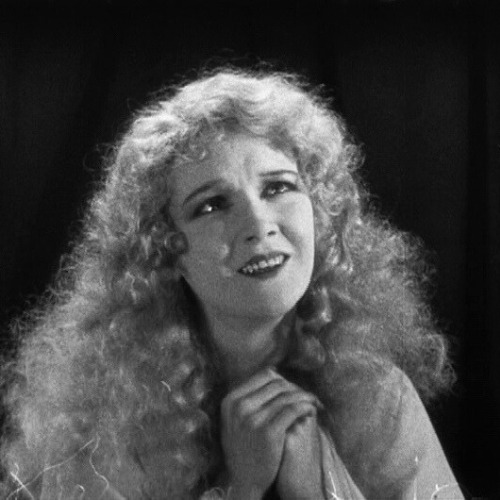
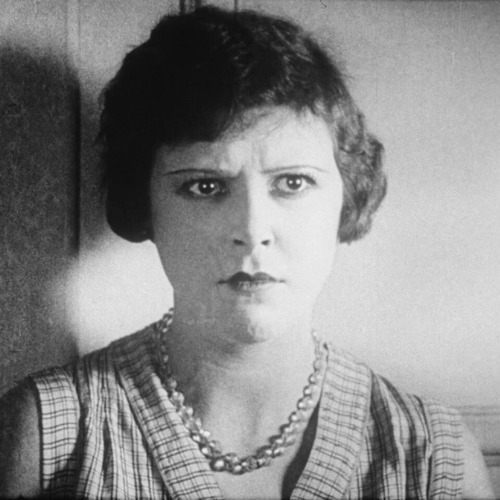


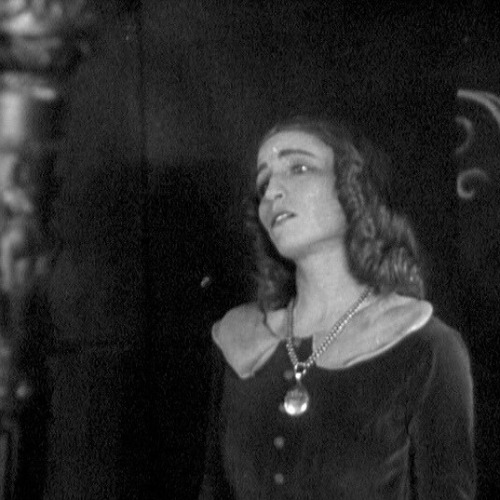
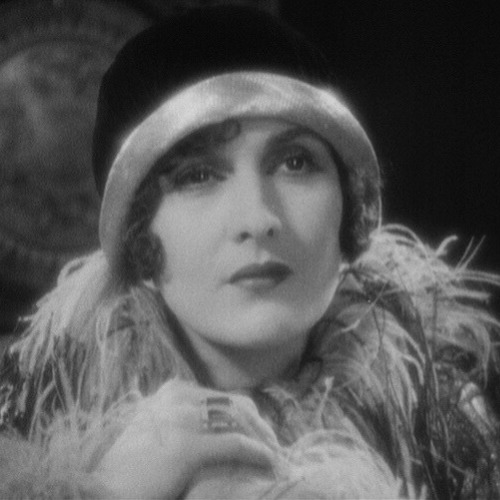
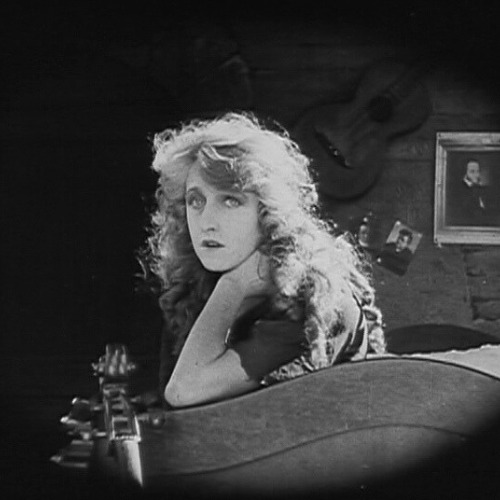

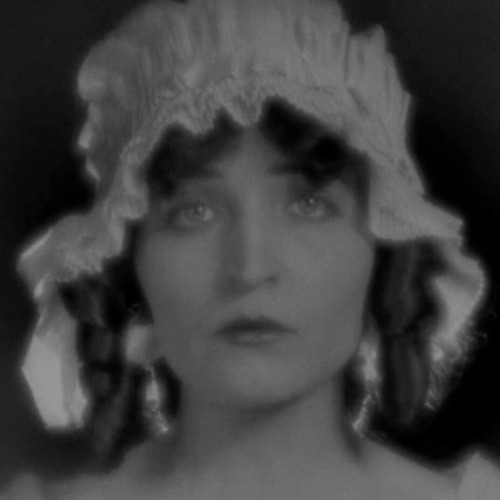
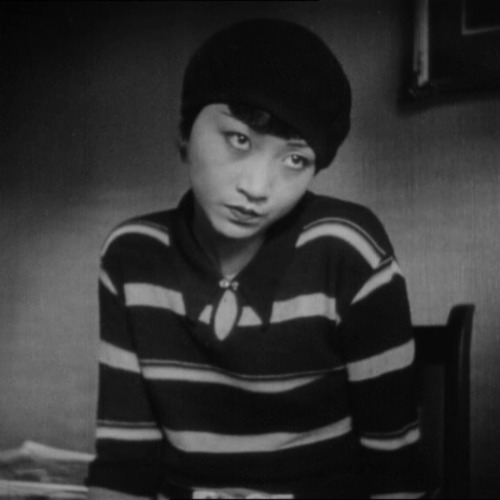


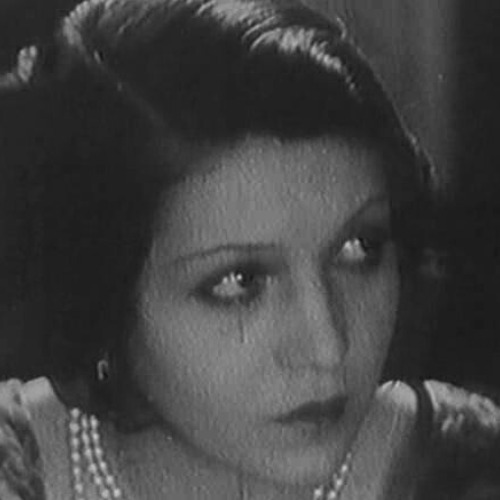
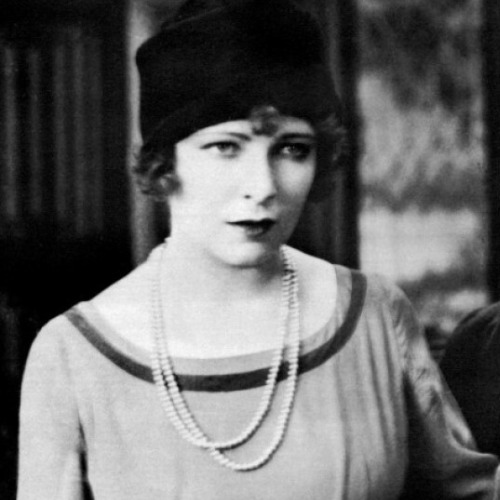


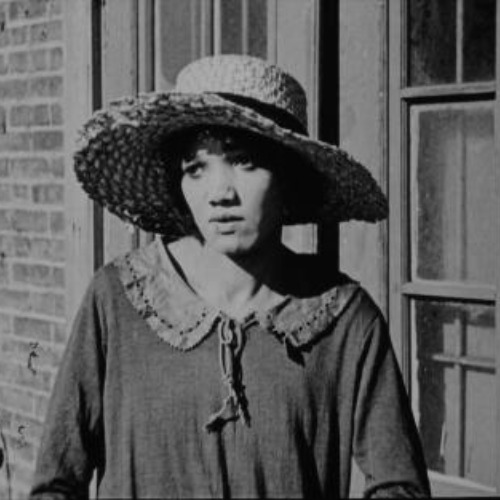

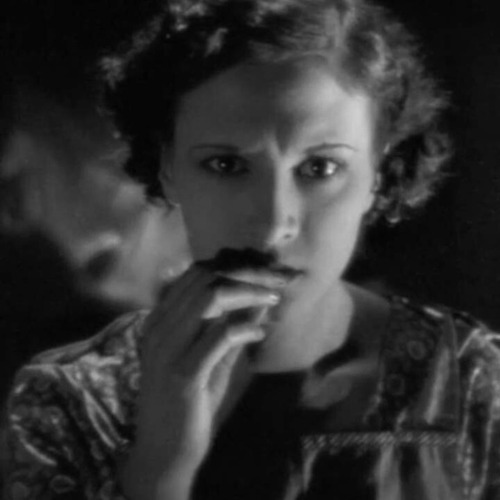
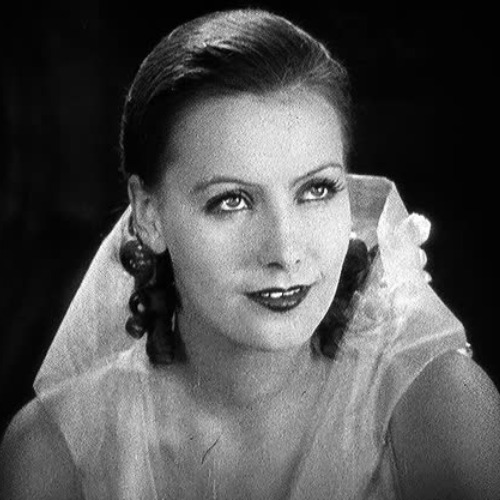
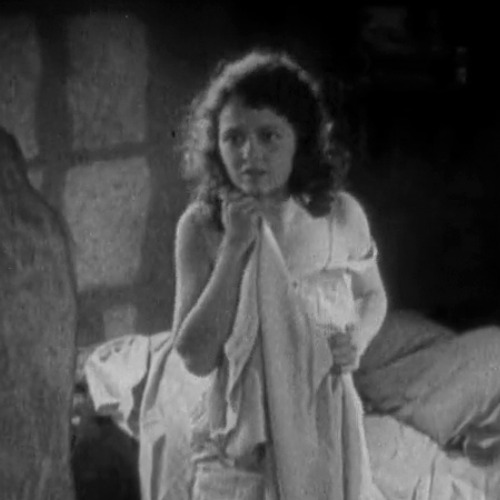
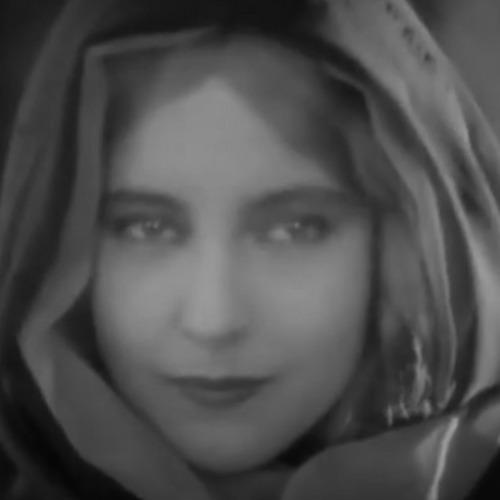

beauty in the 1920s
#all movies will be listed in tags#coeur fidele#the docks of new york#the cabinet of dr caligari#metropolis#battleship potemkin#the gold rush#nosferatu#the man who laughs#un chien andalou#pandora's box#the last command#the fall of the house of usher#underworld#the wheel#the hunchback of notre dame#napoleon#piccadilly#hallelujah#jujiro#rotalie#downhill#the wind#show people#body and soul#the saga of gosta berling#cottage on dartmoor#flesh and devil#7th heaven#ben-hur: a tale of christ
339 notes
·
View notes
Text






Battleship Potemkin (1925) dir. Sergei Eisenstein
301 notes
·
View notes
Text







Battleship Potemkin (1925) Directed by Sergei Eisenstein
#Battleship Potemkin#Drama#Silent Film#Sergei Eisenstein#1925#Soviet Cinema#Film#Movie#Cult Classic#Historical Drama#Political Cinema#Revolutionary Film#Classic Film#Black and White Film#Vintage Movies#Film History#Epic Cinema#soviet movies
91 notes
·
View notes
Text

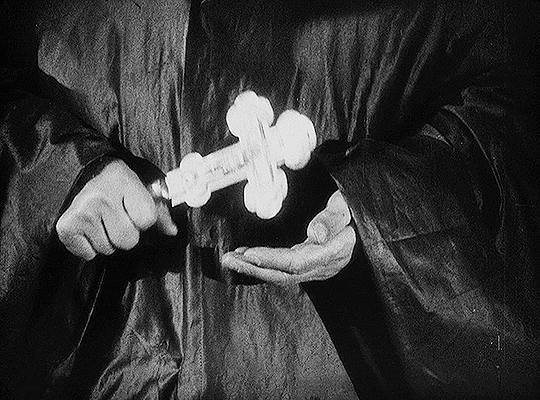
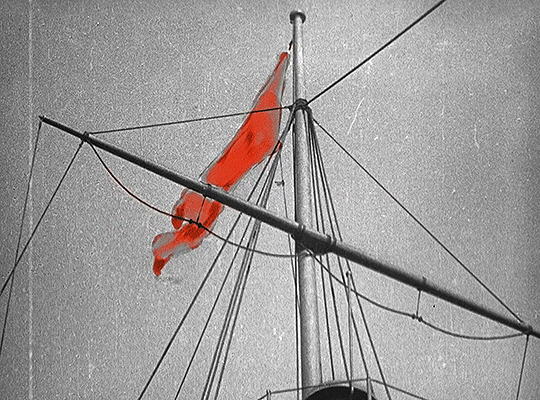
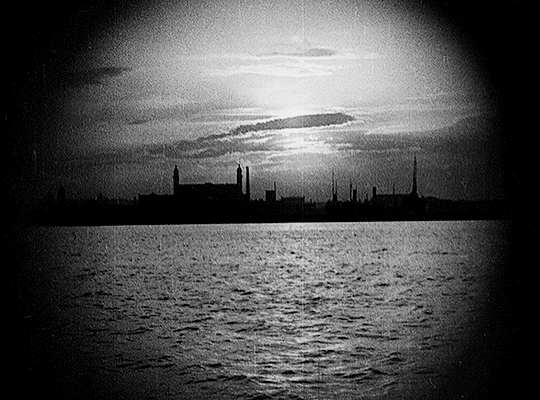
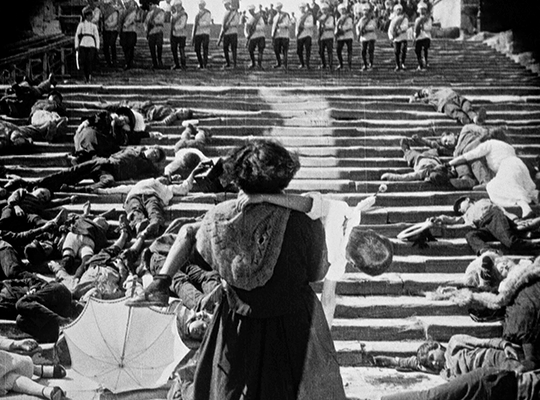

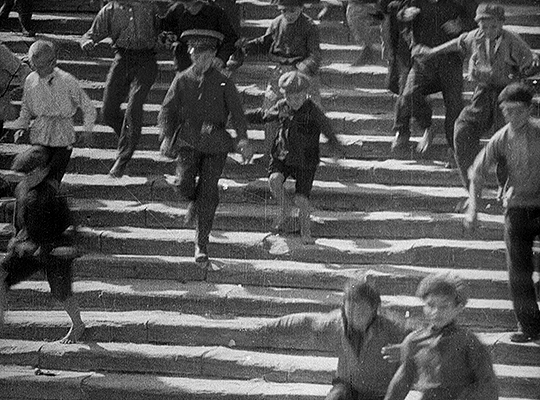
Battleship Potemkin (1925) Directed by Sergei Eisenstein
#battleship potemkin#tw: 'war'#tw: 'death'#filmgifs#classicfilmblr#fyeahmovies#moviegifs#userdanahscott#supervalcsi#userraffa#underbetelgeuse#usersunflower#userkraina#filmedit#worldcinemaedit#1920s#russia#ours#by natty
285 notes
·
View notes
Text

#polls#movies#battleship potemkin#20s movies#sergei eisenstein#aleksandr antonov#vladimir barsky#grigori aleksandrov#ivan bobrov#mikhail gomorov#have you seen this movie poll
49 notes
·
View notes
Text
who could have thought lu guang's original ☠️ feud was with his own mother-in-law and not the hot head trio (which he probably caused himself)

like imagine this conversation between lu guang and shao yuanyuan
shao : why did you go back in the past and mess up things?!
guang : and who was the one who caused her own son's death?!
shao : ...
guang : ಠ益ಠ
shao : I would return to him after saving my husband-
guang : well, your husband is husband and my husband is not husband?!
(☠️ really wanted to use "twada kutta tommy sada kutta kutta?" here)
#my bengali mutuals dont curse me when i say this but#that “sinthir sindoor chente dilo indur” meme is too apt here#syy being lg's rat and lg being xf's ☠️#its so crack and unhinged lmao#but on a serious note the parallels are just too conspicuous here#syy trying to save her dead husband and lg trying to save his dead 'partner'#L to those homophobes who still consider that river in egypt#i remember mdzs utilising this same trope where lan wangji 's father went against his clan and married his mother#lan wangji's actions of saving wei wuxian literally makes lan qiren remark in boiling rage “dont become like your father!”#welp#i am liking it here#another thing i want to say is that people who like link click mostly for the thriller plot may face a set back#emotion grief family found family love and sacrifice for your loved ones are the main motives#its like when you watch battleship potemkin you know where the focus is and why the focus is and why odessa step sequence is so subversive#link click is about those little everyday emotions creating profound impact on individuals#i love that#oh i love that#my post#link click#lu guang#shiguang#sha yuanyuan#时光代理人
19 notes
·
View notes
Text
Battleship Potemkin, Sergei Eisenstein, 1925
40 notes
·
View notes
Text

I think if I could look at a huge print of this on my wall whenever I am at my lowest, I would no longer be at my lowest
41 notes
·
View notes
Text
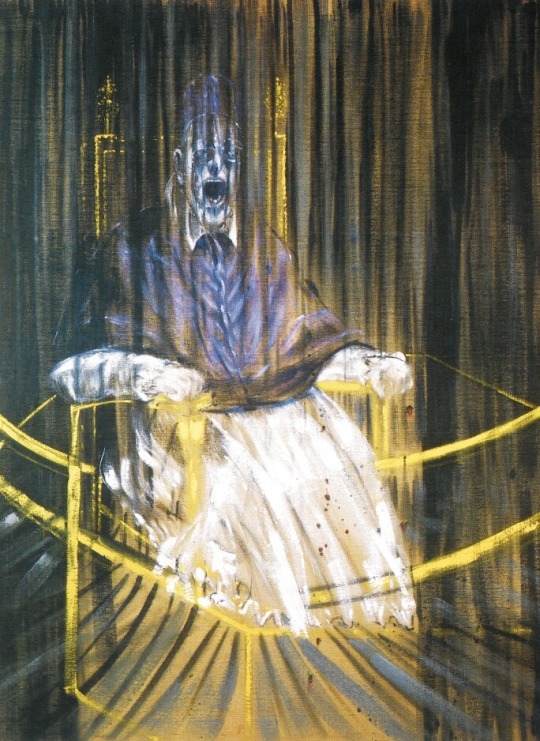
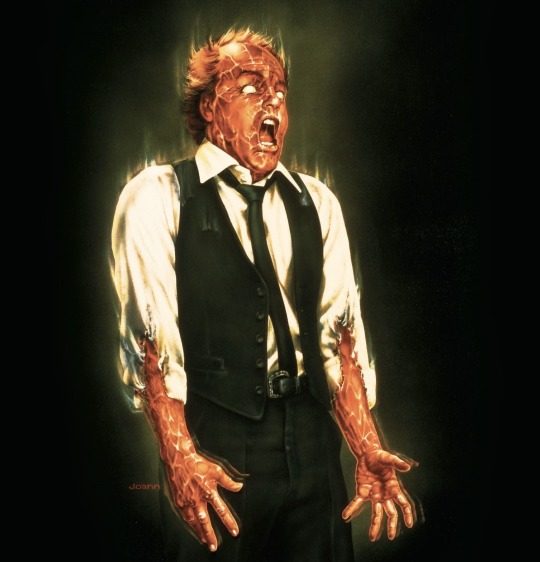



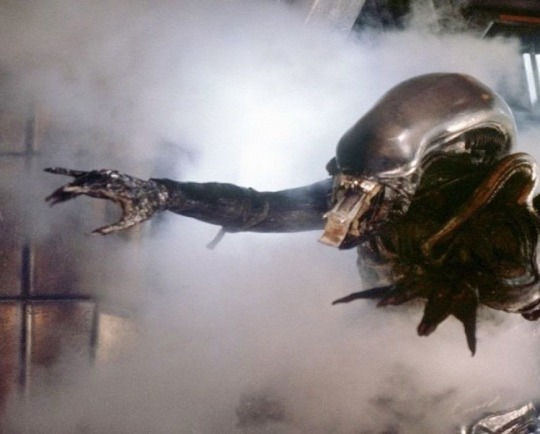
Francis Bacon conversing with cinema
[upper: Study after Velázquez's Portrait of Pope Innocent X, 1953 / "Scanners", D. Cronenberg, 1981
middle: Study for a portrait, 1952 / "Battleship Potemkin", S. Eisenstein, 1925
lower: Three Studies for Figures at the Base of a Crucifixion, 1944 / "Alien", R. Scott, 1979]
#francis bacon#bacon#study for a portrait#cinema#ensemble#art#painting#expressionism#alien#scanners#david cronenberg#cronenberg#battleship potemkin#Potemkin#sergei eisenstein#Eisenstein#Scott#ridley scott
10 notes
·
View notes
Text







Günün Filmi: Bronenosets Potyomkin (1925)
Sergei Eisenstein
Bu filmi Ekim Devrimi'nin yıldönümünde paylaşacaktım, o zaman izlemiştim tekrar, sonra taslaklarda kalmış. Potemkin Zırhlısı, isyanıyla insanlık mücadelesinin tarihine geçmiş bir dretnottur. 1905 Devrimi, yalnızca Rusya'yı değil, bölgemizi etkiledi. Bizim için de önemli. 20. yüzyılın devrimci pratiğinin ikinci dalgasının ilk devrim dalgası, 1905 Rus Devrimiyle başlamış, 1908 Türk Hürriyet Devrimiyle, 1907-1909 İran Devrimiyle , 1910 Meksika ve 1911 Çin Demokratik Devrimiyle devam etmişti. Bu ilk devrimci dalga, aslında emperyalizm çağının devrim teorisinin ipuçlarını da vermişti. Dünya Devrim odağı artık Doğudaydı. Avrupa merkezli devrim teorisi insanlığın arkasında kalmıştı. Lenin, Emperyalizm Çağında devrime yol açan çelişmenin değiştiğini daha Ekim Devrimi öncesinde temellendirmişti. Artık devrim burjuvazi ile proletarya arasındaki çelişmenin ürünü olmayacaktı. Emperyalizm ile Ezilenler Dünyası arasındaki çelişme öne geçmişti. Ve bu koşullarda devrim, artık emperyalizmin zayıf halkasında, başka deyişle Ezilen Ülkelerde olacaktı. Devrim odağı Doğuya kaymaktaydı. Bu devrim aynı zamanda Millî Demokratik Devrimler döneminin başlangıcıydı. Eisenstein, bu filmiyle insanlık mirasına büyük bir armağan bırakmıştır.
#film#movie#izleme#watch#Bronenosets Potyomkin#Battleship Potemkin#potemkin zırhlısı#Sergei Eisenstein#1925#lenin#sscb#ussr#devrim#the october revolution#revolution#1905 revolution#rusya#russia
8 notes
·
View notes
Text
Baby's On Fire~Brian Eno
youtube

#brian eno#baby's on fire#art rock#art pop#glam rock#here come the warm jets#1973#sergei eisenstein#¡que viva mexico!#strike!#battleship potemkin#tarsem singh#the fall#sergei parajanov#the color of pomegranates#dario argento#suspiria#michael powell#emeric pressburger#red shoes#akira kurosawa#kagemusha#alejandro jodorowsky#santa sangre#Youtube
11 notes
·
View notes
Text
Girls send me your favourite silent movies reccomendations. Right now im watching The Passion of Joan of Arc
#as for movies ive already watched theres the cabinet of dr caligari#metropolis but i should rewatch it#and battleship potemkin
9 notes
·
View notes
Text


'Battleship Potemkin' by Rafa Orrico.
Officially licensed 24" x 36" screen prints on 300gsm Gmund Bauhaus paper, in numbered limited editions of 60 for £70 each, with gallery stamp on the reverse.
On sale Tuesday September 24 at 5pm UK through Black Dragon Press.
10 notes
·
View notes
Text
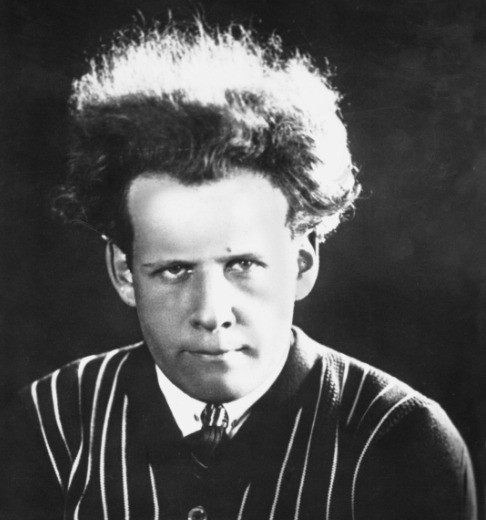
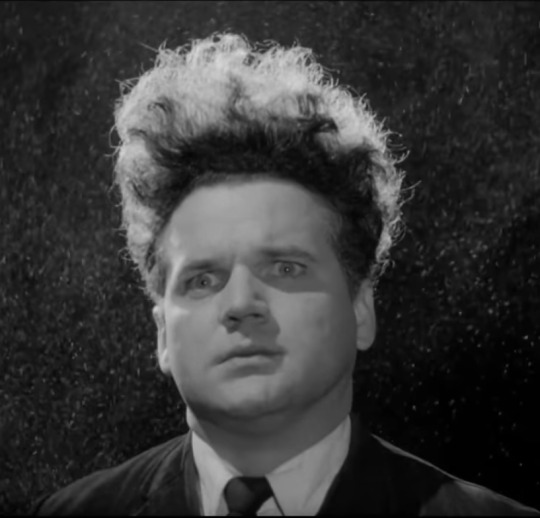
niche post for an audience of maybe 2 but what are the odds do we think that David Lynch was literally visually inspired by noted Soviet filmmaker/theorist Sergei Eisenstein..?
#probably a coincidence but. odd. LMAO#david lynch#eraserhead#sergei eisenstein#<- tag for the Battleship Potemkin (1925) tumblr girlies
34 notes
·
View notes
Text

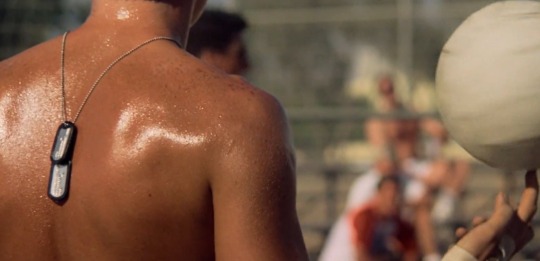

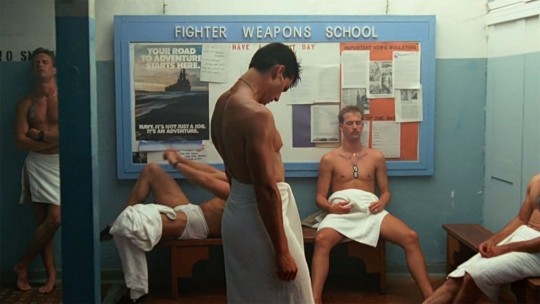

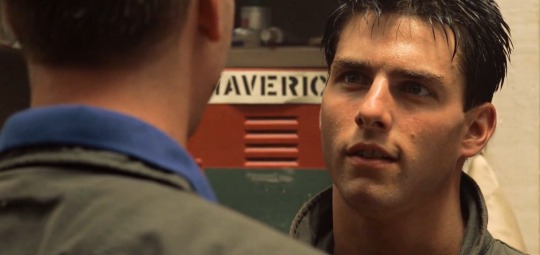



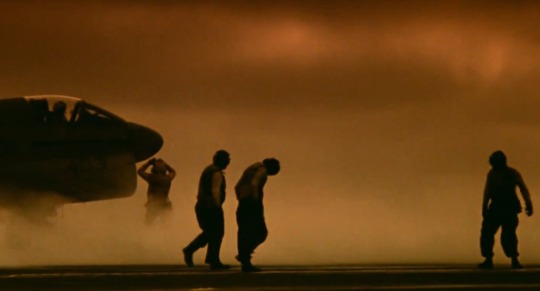
Battleship Potemkin (1926) / Top Gun (1986)
31 notes
·
View notes